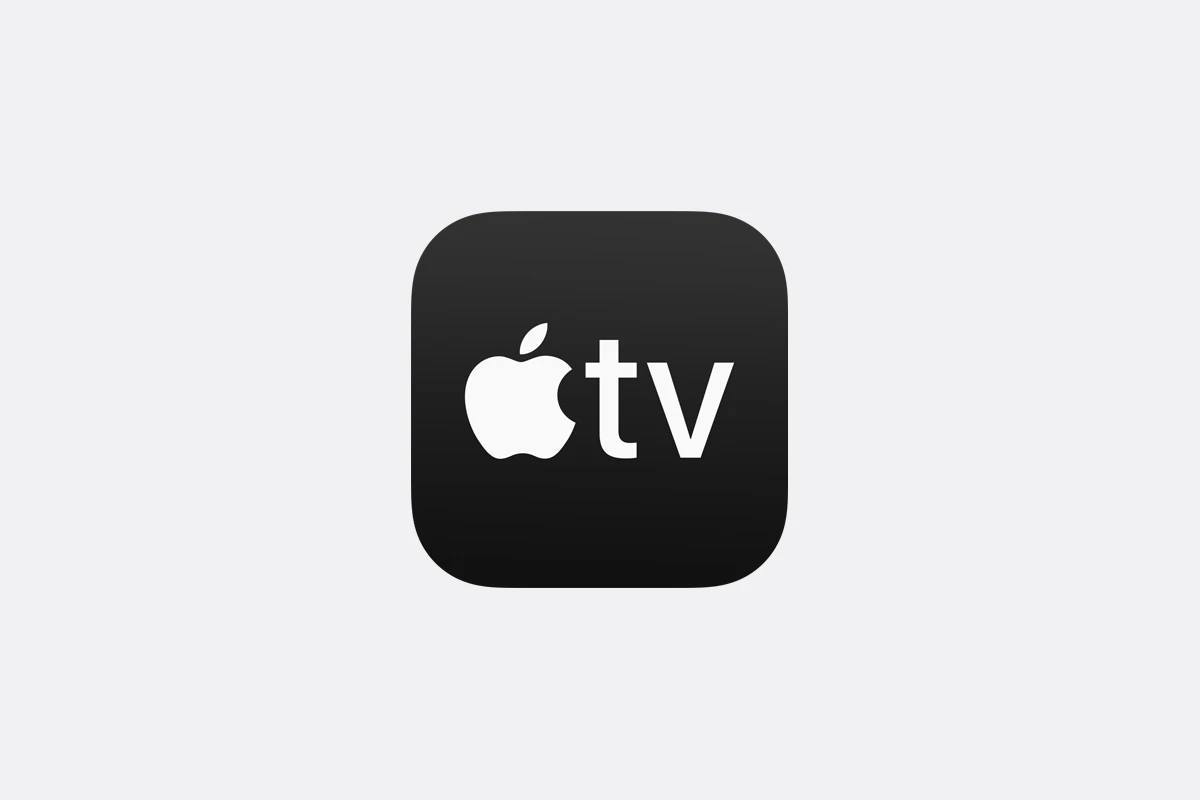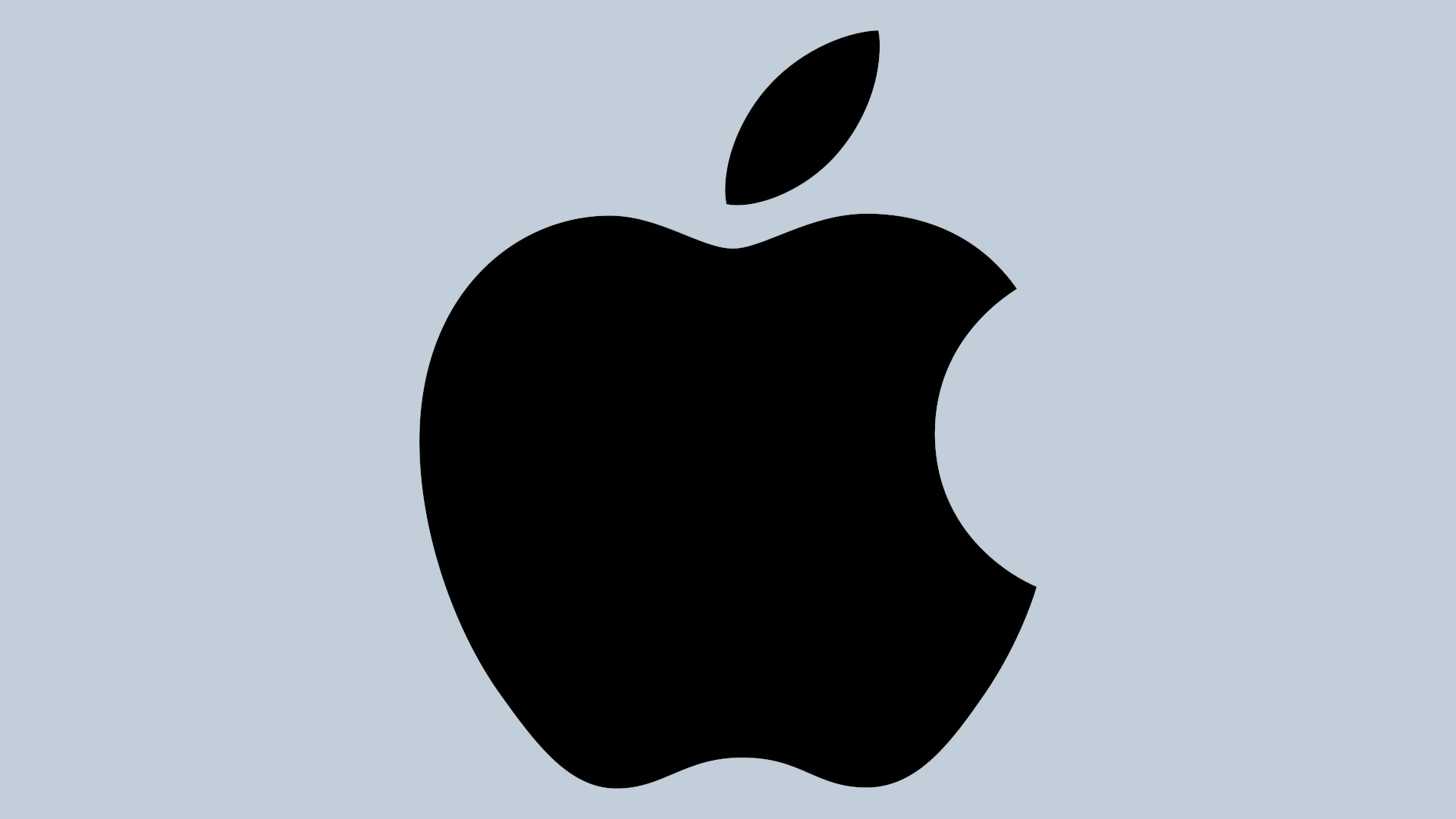Apple’s active device install base has reached new heights, showcasing the company’s ongoing dominance in the tech industry. Recent reports indicate that Apple now has over 2.35 billion active devices worldwide, marking a substantial increase from previous years. This milestone underscores the strength and growth of Apple’s ecosystem, with users across various product categories contributing to the expanding network.
The success extends beyond sheer numbers, as Apple’s financial performance reflects the robust nature of its product lineup. iPhone sales have hit new records in every geographic region, demonstrating the enduring appeal of Apple’s flagship device. Meanwhile, Mac and iPad install bases have also achieved all-time highs, indicating a holistic growth across Apple’s product range.
Apple’s ecosystem strength is further evidenced by the performance of its services segment. The company reported record-breaking revenue in this area, highlighting the increasing integration of software and services with hardware. This synergy between devices and services reinforces customer loyalty and provides a seamless experience for users within the Apple ecosystem.
Apple’s Expanding Ecosystem

Apple’s Device Dominance
Apple’s recent announcement highlights a significant milestone: their installed base of active devices has surpassed 2.35 billion. This includes iPhones, iPads, Macs, and other Apple products. This massive user base underscores Apple’s continued strength in the consumer electronics market. It also points to a very “sticky” ecosystem. Users who buy one Apple product often buy others, increasing their reliance on the Apple ecosystem.
Services as a Growth Engine
A key factor in Apple’s success is the growth of its services business. This segment, which includes the App Store, Apple Music, iCloud, and Apple Pay, generates substantial recurring revenue. The strength of services is tied to the large installed base. The more devices Apple sells, the more potential customers it has for its services.
iPhone’s Continued Importance
While iPhone revenue was relatively flat compared to the previous year, the active install base of iPhones still reached an all-time high. This is crucial for Apple. The iPhone remains the gateway to the Apple ecosystem. It’s often the first Apple product someone buys, and it opens the door to other products and services.
Global Reach and Market Segments
Apple’s growth isn’t limited to one region. The company reported growth across all geographic segments. They achieved all-time records in both developed and emerging markets. This global reach demonstrates the broad appeal of Apple’s products.
Competitive Landscape
Apple’s dominance in the premium segment of the smartphone market is clear. They compete with companies like Samsung and Google in the Android space. Apple’s focus on its ecosystem and services differentiates it from these competitors.
Key Takeaways
- Apple’s installed base of active devices has reached a record 2.35 billion.
- Growth in services is a major contributor to Apple’s success.
- The iPhone remains a critical product for Apple, driving ecosystem growth.
- Apple’s growth extends across all geographic segments.
| Metric | Value |
|---|---|
| Active Installed Base | 2.35+ Billion Devices |
| Key Services | App Store, Apple Music, iCloud, Apple Pay |
| Market Focus | Premium Consumer Electronics |
The Future of Apple

Apple’s future success depends on several factors. Continued innovation in hardware and software is essential. The company also needs to maintain the growth of its services business. Expanding into new markets and product categories could also be a part of Apple’s strategy.
The Broader Tech Landscape
Apple’s success is part of a larger trend in the tech industry. Companies are increasingly focused on building ecosystems of interconnected devices and services. This strategy creates customer loyalty and generates recurring revenue. Apple is a prime example of how this approach can lead to significant market dominance.
Microsoft’s recent moves also illustrate this trend. Their focus on AI integration in products like Copilot aims to increase user engagement and lock users into their ecosystem. Similarly, their efforts to enhance Bing’s search capabilities are aimed at challenging Google’s dominance and attracting more users to their services.
Key Takeaways
- Apple’s active device install base exceeds 2.35 billion, reaching an all-time high
- iPhone, Mac, and iPad install bases hit record levels across all geographic regions
- Apple’s services segment achieves record revenue, reinforcing ecosystem strength
Financial Overview and Performance
Apple’s ongoing success highlights the strength of its integrated ecosystem. As the tech landscape evolves, maintaining this ecosystem will be crucial for companies to thrive. Apple’s focus on hardware, software, and a growing services business positions it well for future growth. With a large, loyal installed base, Apple benefits from a powerful network of interconnected devices and services.
Its strategic expansion in services and continuous hardware innovation suggest that Apple is set to remain a dominant player in the tech industry. Adapting and innovating will be key to preserving its competitive edge and success.
Apple’s financial performance in the first quarter of fiscal 2025 showcased impressive growth and profitability. The company achieved record-breaking revenue and strong earnings per share, demonstrating the continued strength of its ecosystem and product offerings.
Record-Breaking Revenue Achievements
Apple reported quarterly revenue of $124.3 billion for the first quarter of fiscal 2025, representing a 4% increase year-over-year. This figure surpassed previous records, highlighting the company’s ability to drive growth even in a mature market.
The Services segment set a new all-time revenue record, contributing significantly to overall performance. This success underscores the increasing importance of Apple’s digital services ecosystem in complementing its hardware offerings.
iPhone sales remained robust, while other product categories such as Mac, iPad, and Wearables also performed well. The company’s diversified product portfolio helped maintain steady revenue growth across different market segments.
Profitability and Cash Flow
Apple’s profitability showed notable improvement in Q1 2025. Quarterly diluted earnings per share reached $2.40, marking a 10% increase compared to the same period last year. This growth in earnings outpaced revenue growth, indicating enhanced operational efficiency.
The company’s cash flow remained strong, enabling continued investment in research and development, as well as shareholder returns. Apple maintained its commitment to its capital return program, including dividend payments and share repurchases.
CFO Luca Maestri emphasized the company’s financial strength, noting that Apple’s installed base of active devices hit a new all-time high across all major product categories. This expanding user base provides a solid foundation for future growth in both hardware sales and services revenue.
Product Ecosystem and Services Growth
Apple’s ecosystem continues to expand, driving growth in both hardware and services segments. The company’s interconnected products and services create a seamless user experience, fostering loyalty and increasing revenue.
Expanding Active Install Base
Apple’s active install base has reached new heights, surpassing 2 billion devices in early 2023. This milestone reflects the company’s ability to retain existing users and attract new ones across its product lines. The growing install base fuels Apple’s services business, creating a virtuous cycle of revenue growth.
iPhone remains the cornerstone of Apple’s ecosystem, with over 1 billion active devices. Mac, iPad, and wearables like Apple Watch and AirPods contribute significantly to the expanding user base. This diverse product range caters to various consumer needs and preferences.
Emerging markets play a crucial role in Apple’s install base growth. Countries like India and Brazil show increasing adoption of Apple products, presenting opportunities for long-term expansion.
Innovations in Apple’s Product Line
Apple continues to innovate across its product categories, introducing new features and capabilities. The iPhone 15 lineup, launched in September 2023, brought improvements in camera technology and performance.
Mac computers received a significant boost with the introduction of Apple Silicon. The M3 chip, announced in October 2023, delivers enhanced performance and energy efficiency for MacBook Pro and other Mac models.
Apple Watch expands its health and fitness capabilities, solidifying its position in the wearables market. The device now offers features like blood oxygen monitoring and ECG functionality.
Apple Vision Pro, unveiled in June 2023, marks the company’s entry into spatial computing. This mixed reality headset aims to revolutionize how users interact with digital content and applications.
Services – A Keystone of Growth
Apple’s services business has become a critical component of its growth strategy. In Q4 2023, services revenue reached an all-time high of $22.3 billion, demonstrating the segment’s increasing importance.
Key services include:
- App Store
- Apple Music
- Apple TV+
- iCloud
- Apple Pay
These offerings leverage Apple’s large install base to generate recurring revenue streams. The company reported over 1 billion paid subscriptions across its services portfolio in 2023.
Apple continues to invest in new services, such as Apple Fitness+ and Apple Arcade. These additions aim to increase user engagement and provide more value to the Apple ecosystem.
Privacy and security remain focal points for Apple’s services strategy. The company emphasizes user data protection across its offerings, differentiating itself from competitors in the tech industry.
Frequently Asked Questions
Apple’s expanding installed base has significant implications for the company’s ecosystem and business strategy. This section addresses key questions about the growth, impact, and challenges of Apple’s installed base.
What factors are contributing to the growth of Apple’s installed base?
Apple’s product quality and longevity play a crucial role in expanding its installed base. The company’s devices often remain functional for years, encouraging users to keep them in active use.
Strong brand loyalty and ecosystem integration also contribute to growth. Many users stick with Apple products due to familiarity and interconnectedness with other Apple devices and services.
How does an expanding installed base impact Apple’s market strategy?
An expanding installed base allows Apple to focus on services and recurring revenue streams. The company can target existing users with new offerings, reducing the need for constant hardware sales growth.
This large user base also provides valuable data for product development and improvement. Apple can analyze usage patterns to refine its offerings and create new products that meet user needs.
In what ways does Apple’s ecosystem strength affect customer loyalty?
The interconnected nature of Apple’s products and services creates a “lock-in” effect. Users invested in multiple Apple products find it harder to switch to competitors due to the seamless integration they experience.
Apple’s ecosystem also offers a consistent user experience across devices. This familiarity builds trust and satisfaction, encouraging customers to stay within the Apple ecosystem for future purchases.
What are the potential benefits for developers within a larger Apple ecosystem?
A larger installed base provides developers with a wider potential audience for their apps and services. This increased market size can lead to higher revenues and more opportunities for successful app launches.
Apple’s ecosystem also offers developers powerful tools and frameworks. These resources enable the creation of high-quality, integrated apps that can leverage Apple’s hardware and software capabilities.
How does the installed base size influence Apple’s services revenue?
A larger installed base directly correlates with increased services revenue. More active devices mean more potential subscribers for services like Apple Music, iCloud, and Apple TV+.
The installed base also drives App Store revenues. With more users, there’s a higher likelihood of app purchases and in-app transactions, benefiting both Apple and third-party developers.
What challenges could Apple face in maintaining a high installed base?
Saturation in key markets poses a challenge for Apple. As smartphone penetration reaches its peak in developed countries, finding new users becomes more difficult.
Competition from other tech giants and emerging brands also threatens Apple’s installed base. Innovative features or lower prices from rivals could tempt users away from the Apple ecosystem.
Apple must also balance the need for new features with maintaining compatibility for older devices. Excluding too many older models from software updates could lead to a decline in active devices.







